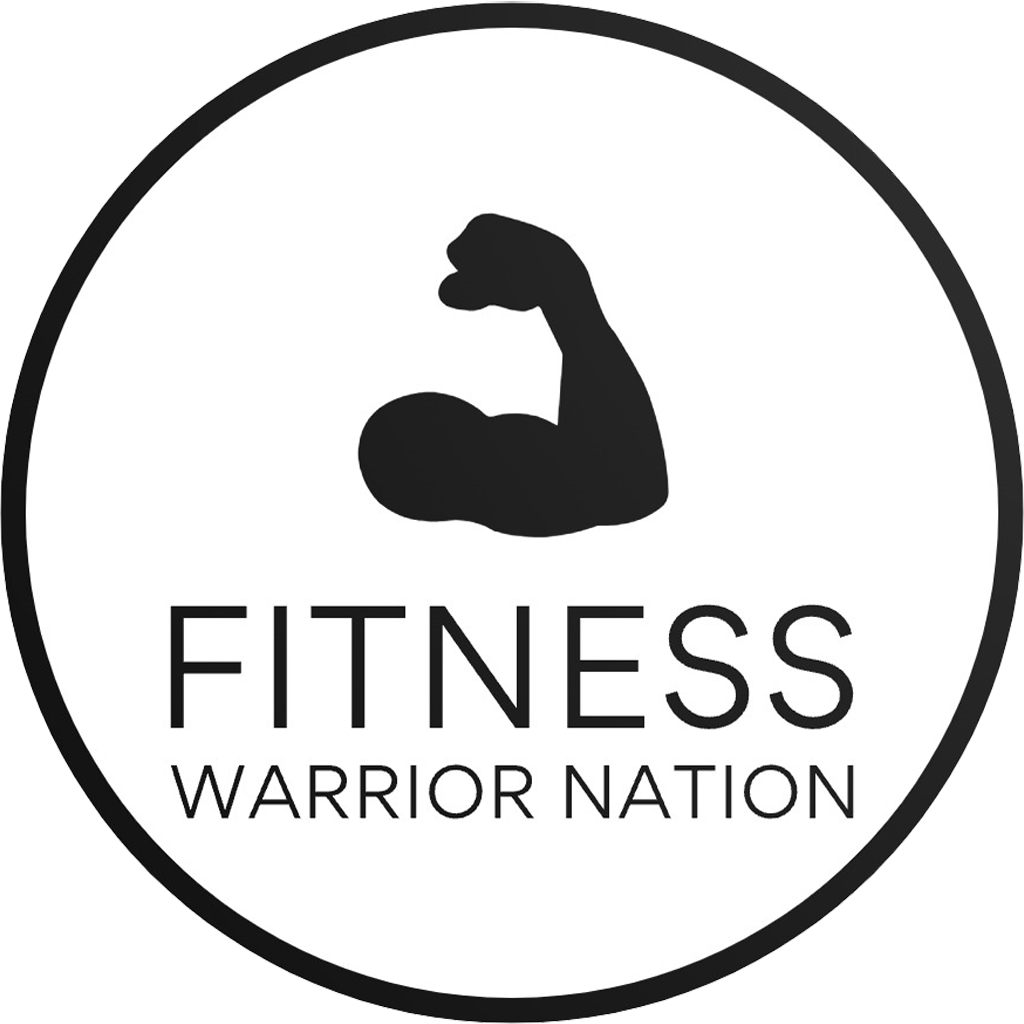Understanding the Role of Essential Amino Acids (EAAs) and MusclePharm for Muscle Building Success in 2025
In the ever-evolving landscape of fitness nutrition, selecting the right dietary supplements is crucial for maximizing muscle growth. Between the proliferation of options on supplement market shelves and emerging scientific insights, athletes and bodybuilders face a daunting task in choosing effective, science-backed products. Brands like MusclePharm and Optimum Nutrition continue to innovate with formulas aimed at optimizing muscle synthesis while ensuring cost-efficiency and safety. As of 2025, understanding the distinctions between amino acid supplements like BCAAs and EAAs, alongside the influence of reputable brands such as MuscleTech and GNC, allows dedicated fitness enthusiasts to tailor their nutrition strategies for maximum gains. This comprehensive guide elucidates how supplement choices impact muscle developmental pathways, backed by cutting-edge research and practical insights for bodybuilders aiming to elevate performance and physique.
Decoding the Science of EAAs and BCAAs in Building Muscle Mass
Fundamentally, amino acids serve as the building blocks of muscle tissue, fueling recovery and hypertrophy. Out of twenty amino acids, nine are classified as essential because our bodies cannot synthesize them; instead, they must be acquired through diet or supplementation. This group includes the three branched-chain amino acids: leucine, isoleucine, and valine, often highlighted in supplement formulations due to their pivotal role in signaling muscle synthesis pathways. Understanding how EAAs and BCAAs function reveals why supplement labels often emphasize their presence.
Research consistently demonstrates that in fasted or post-exercise states, the body shifts to a catabolic mode, breaking down muscle proteins. To reverse this, optimal intake of amino acids becomes vital. Specifically, leucine acts as a primary trigger for activating mTOR—the pathway responsible for initiating muscle protein synthesis (MPS). The challenge lies in that BCAAs alone, without the other six EAAs, cannot fully stimulate MPS, thereby limiting gains. In fact, supplementation with BCAAs may elevate protein synthesis by up to 22%, yet without the full spectrum of EAAs, the net anabolic effect remains suboptimal. This highlights the importance of comprehensive amino acid profiles in supplements for muscle development.
For example, studies comparing whey protein, rich in all EAAs, with isolated BCAA supplements reveal a critical difference: only complete EAA profiles sustain MPS over time. While BCAAs, especially leucine, can serve as quick activators, they lack the full amino acid complement needed for consolidation into new muscle tissue. This is analogous to constructing a building with only part of the necessary materials—eventually, progress stalls. Regularly, bodybuilders aiming for maximal muscle hypertrophy opt for high-quality animal protein sources or supplements like MusclePharm EAA blends that provide all nine EAAs, ensuring continuous anabolism during recovery.
- Leucine acting as a key regulator of mTOR activation
- The limitation of BCAAs’ inability to sustain long-term muscle synthesis
- The necessity of consuming all EAAs, via diet or supplementation, for optimal muscle gains
- The importance of high-quality protein sources like whey, eggs, or meat
- The risk of relying solely on BCAA supplements without other EAAs
| Supplement Type | Contains All EAAs? | Effectiveness in Stimulating MPS | Recommended For |
|---|---|---|---|
| BCAAs only | No | Limited, short-term boost | Quick activation, but not sustained |
| EAAs (comprehensive blend) | Yes | Maximal and sustained stimulation | Long-term muscle growth |
| Whey protein | Yes | High, effective in muscle synthesis | Post-workout recovery |
How Top Athletic Brands Leverage Science to Boost Muscle Growth in 2025
Leading supplement brands like MuscleTech, Cellucor, and Bodybuilding.com collaborate with sports scientists to develop formulas that optimize muscle protein synthesis. Their latest offerings focus on delivering all required EAAs in convenient, flavor-rich formats that appeal to consumers seeking efficiency and flavor variety. For instance, BSN emphasizes precision dosing to ensure athletes can meet their daily amino acid requirements without excess caloric intake.
In practical terms, these brands incorporate ingredients proven to enhance muscle recovery. Dymatize, for example, combines high-quality whey isolates with added EAAs to sustain anabolic processes well beyond workout sessions. Products like MusclePharm’s BCAA/EAAs blends are formulated based on clinical trials, ensuring users receive scientifically validated doses that activate muscle growth pathways effectively.
Furthermore, these brands endorse supplementation strategies aligned with real-world training schedules. For instance, consuming high-protein shakes immediately post-exercise, or splitting doses throughout the day, ensures a constant pool of amino acids. Such practices, promoted by cutting-edge techniques, help sustain MPS while minimizing muscle breakdown. As consumers seek maximum value, brands continually refine their formulas, illustrating how science-anchored innovations are shaping the future of hypertrophy support in 2025.
The Influence of High-Quality Protein Sources Like GNC and MyProtein on Muscle Gains
While supplements provide targeted amino acids and convenient intake methods, foundational nutrition still relies heavily on dietary protein. High-quality protein sources from brands such as GNC or MyProtein remain vital for long-term muscle development. These sources offer complete amino acid profiles, essential for supporting muscle repair and growth, especially when training intensively or aiming for significant hypertrophy.
Choosing the right protein involves evaluating factors like digestibility, amino acid composition, and absorption rates. Animal proteins—like lean beef, poultry, eggs, and dairy—are considered optimal due to their complete amino acid profiles and high bioavailability. For vegetarians or those simply looking to diversify, plant-based options such as pea or rice protein can supplement dietary intake but often require blending for comparable amino acid completeness.
In say, 2025, advancements in processing techniques allow brands like MusclePharm and MyProtein to offer specialty proteins with enhanced digestibility and flavor profiles. These high-grade proteins provide athletes with a reliable foundation for muscle repair, reducing recovery time and supporting consistent gains in size and strength. Incorporating these into daily routines, especially post-training, ensures that muscle protein synthesis remains anabolic and sustained over longer periods.
| Protein Source | Type | Bioavailability | Ideal For |
|---|---|---|---|
| Whey protein | Animal | High | Post-exercise recovery and muscle synthesis |
| Pea protein | Plant-based | Moderate to high with blending | Vegetarians and vegans |
| Egg protein | Animal | High | As a supplement or meal replacement |
| Rice protein | Plant-based | Moderate | Alternative to dairy for sensitive individuals |
Optimizing Your Supplement Strategy: Combining EAAs, Whole Proteins, and Training Nutrition
Strategic supplementation involves timing and dosages tailored to individual needs, training routines, and dietary habits. In 2025, athletes who combine comprehensive amino acid supplementation with quality dietary proteins tend to see the best results. For instance, consuming a whey protein shake immediately post-workout provides a rapid surge of amino acids, stimulating MPS efficiently. During longer training sessions or when meals are spaced hours apart, adding EAAs or BCAAs during workouts can maintain amino acid levels and prevent muscle catabolism.
Practices proven to optimize muscle hypertrophy include:
- Consuming 20-40g of high-quality protein within 30 minutes of exercise
- Having a protein-rich meal 1-2 hours pre- and post-workout
- Using EAAs during training if meals are delayed or workouts are prolonged
- Ensuring daily total protein intake reaches 1.6-2.2g per kg of body weight
- Selecting supplements from trusted brands like BSN, Cellucor, and MuscleTech for quality assurance
| Supplement Timing | Recommended Dosage | Purpose | Recommendations |
|---|---|---|---|
| Pre-workout | 20-40g protein or 10g EAAs | Ensure intra-workout amino acids | Eat 60-90 mins before training |
| Post-workout | 20-40g whey protein or EAAs | Maximize muscle synthesis | Within 30 mins post-exercise |
| Intra-workout | 10-20g EAAs or carbs + EAAs | Maintain amino acid levels, reduce breakdown | During workouts over 1 hour or delayed meals |
Frequently Asked Questions (FAQs) About EAAs, BCAAs, and MuscleBuilding Supplements in 2025
- 1. Are BCAAs sufficient for muscle growth without EAAs?
- While BCAAs, especially leucine, play a critical role in signaling muscle synthesis, they lack the full spectrum of amino acids required for complete muscle building. Studies show that supplementing with EAAs yields more sustained and comprehensive anabolic effects, making complete EAA blends a smarter choice for long-term gains.
- 2. How much protein should I consume daily for optimal muscle growth?
- The general consensus in 2025 suggests aiming for at least 1.6 to 2.2 grams of high-quality protein per kilogram of body weight daily. This target supports muscle repair and hypertrophy, and can be efficiently met through a combination of whole foods and supplements from brands like GNC or MyProtein.
- 3. When is the best time to take amino acid supplements during training?
- Pre- and post-workout are ideal windows—around 30 to 60 minutes prior, and immediately after exercise—to stimulate muscle Protein Synthesis. During prolonged sessions or if meals are delayed, intra-workout EAAs or BCAAs can help maintain optimal amino acid levels and prevent muscle breakdown.
- 4. Can plant-based proteins match animal proteins for muscle gains?
- Yes, with proper blending (such as rice and pea proteins), plant-based options can provide a complete amino acid profile. However, they often have lower bioavailability compared to animal sources, so supplementation from reputable brands remains beneficial, especially for athletes with high protein demands.
- 5. What should I look for in a high-quality muscle-building supplement?
- Key factors include the presence of all nine EAAs, effective dosages based on scientific studies, minimal fillers, good flavor, and trusted brand reputation. Popular options include products from Dymatize, MusclePharm, and NutraBio, aligning with advances in sports nutrition research.


